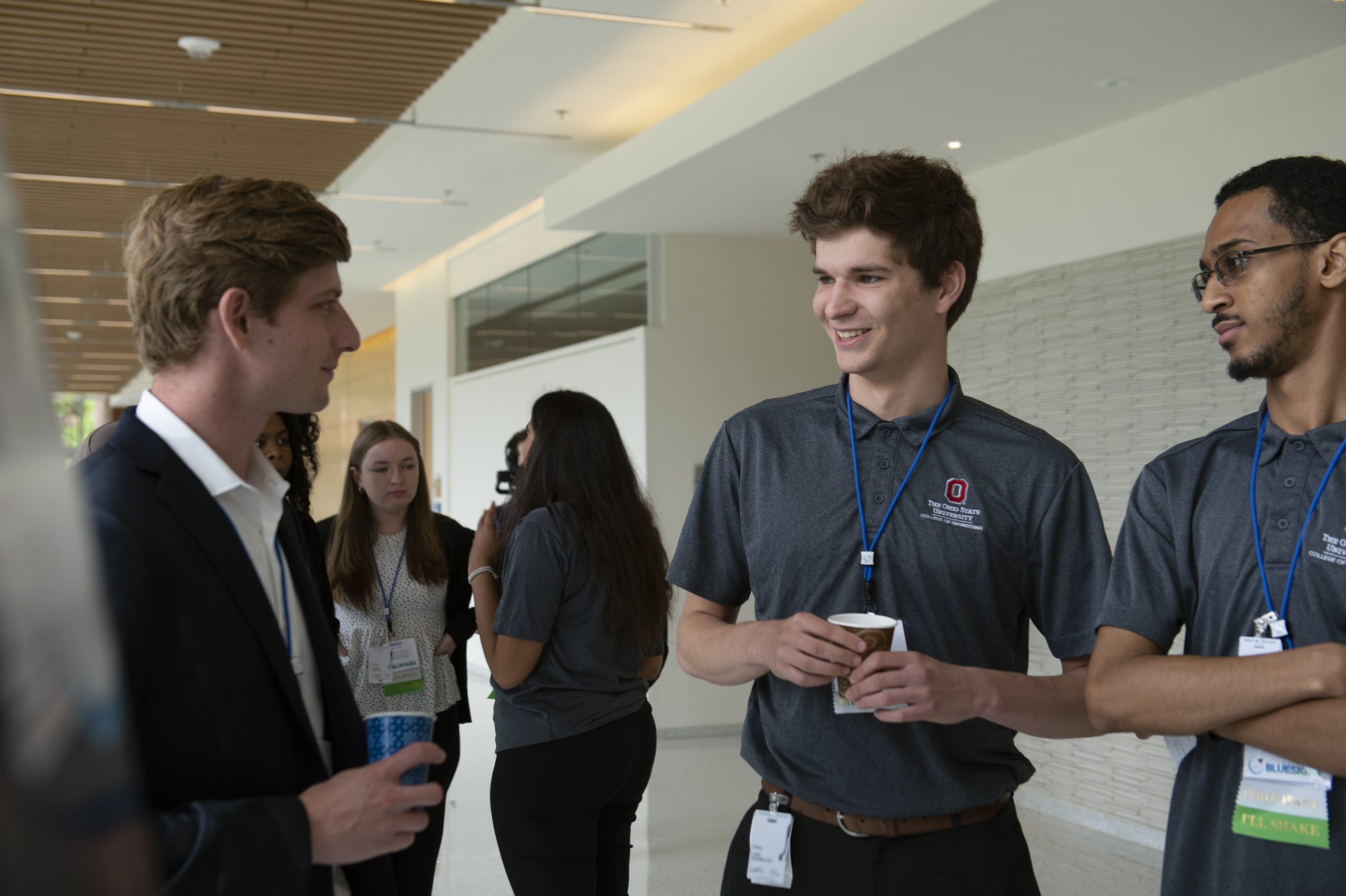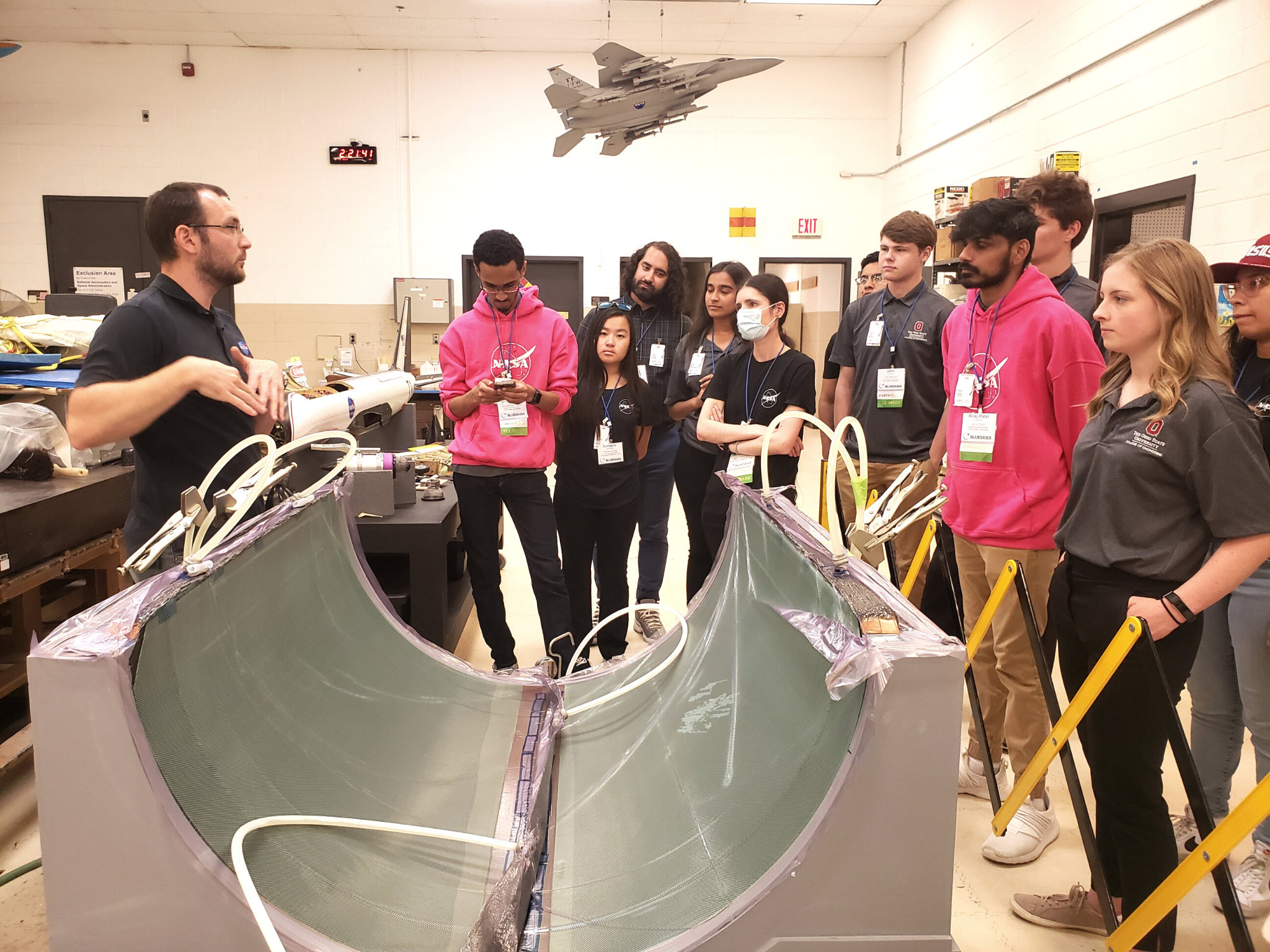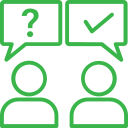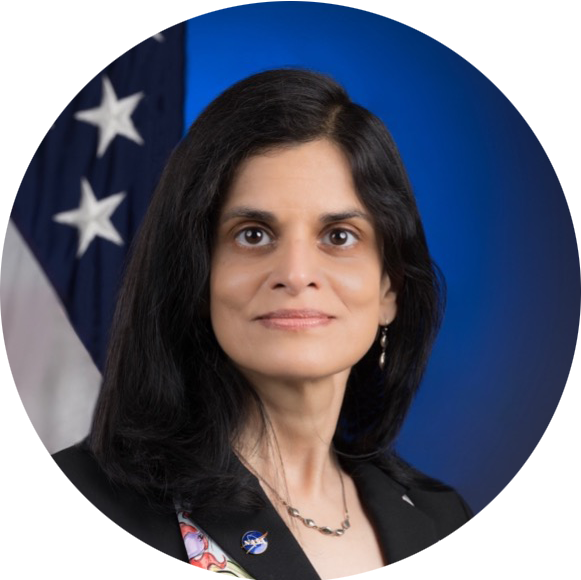Competition

2025 Theme:
AgAir | Aviation Solutions for Agriculture
2025 THEME OVERVIEW
The agriculture industry plays a vital role in providing food, fuel, and fiber for the global population. It not only sustains human life but also contributes significantly to the economy of many countries. However, the industry faces several challenges, including limited resources and growing demands to reduce agriculture’s environmental impact while increasing agriculture’s climate resilience. With a growing world population, the demand for food continues to rise, putting pressure on available resources such as arable land, water, and energy. The changing climate exacerbates these challenges by leading to unpredictable weather patterns, extreme temperatures and natural disasters affecting crop yields and livestock. To ensure food security and sustainability in the face of these challenges, the agriculture industry must swiftly innovate and adapt to more efficient and resilient farming practices, embracing new technologies and promoting sustainability throughout the process.
In the 2025 Blue Skies Competition, teams will conceptualize novel aviation systems that can be applied to agriculture by 2035 or sooner with the goal of improving production, efficiency, environmental impact, and extreme weather/climate resilience. Teams are encouraged to consider high-potential technologies and systems that aren’t currently mainstream or highly regarded as becoming mainstream in the future and imagine beyond applying sensors to aviation systems.
NASA Aeronautics is dedicated to expanding its efforts to assist commercial, industry, and government partners in advancing novel aviation systems that could modernize aviation capabilities in agriculture as the industry adjusts to changes in productivity, efficiency, environmental impacts, and extreme weather/climate. Capabilities and opportunities for improvement include, but are not limited to:
- Cropland/Rangeland – surveyance, conservation, tracking, and inspection
- Pest and disease management
- Agriculture inspection prior to and following damaging natural or human-caused protectants
- Targeted application of fertilizers and protectants
- Agricultural essential variables, examples of NASA Acres EAV’s can be found here
- Autonomous or remotely piloted missions considered extremely risky for humans
- Livestock management
- Improved weather prediction update accuracy and frequency
- Some examples of new, recent agricultural aviation can be found here
Initial participation involves a conceptual study, submission of a 5-7 page proposal, and creation of a 2-minute video summarizing the team’s proposal. Based on the review of proposal submissions, up to 8 teams may be chosen to present their findings in a competitive review during the Gateways to Blue Skies Forum at NASA’s Armstrong Flight Research Center in May. Each finalist team will receive a monetary award to facilitate full participation in the Forum. Internship opportunities with NASA’s ARMD serve as the competition prize for members from the winning team.


NASA’s Aeronautics Research Mission Directorate (ARMD) conducts research that generates concepts, tools, and technologies to enable advances in our Nation’s aviation future. ARMD programs facilitate a safer, more environmentally friendly, and efficient national air transportation system.
As a program within NASA ARMD, the University Innovation Project (UI) funds university-led innovation to address system-level challenges in NASA Aeronautics’ strategic plan, which guides the Aeronautics programs. This is done through NASA-complementary, independent, alternative, and multi-disciplinary research. The main UI research opportunities include the University Leadership Initiative (ULI), the University Student Research Challenge (USRC), and the Gateway to Blue Skies Competition.
Blue Skies expands engagement between universities and NASA’s University Innovation Project, industry, and government partners by providing an opportunity for multi-disciplinary teams of students from all academic levels (i.e., freshman, sophomore, junior, senior, and graduate) to tackle significant challenges and opportunities for the aviation industry through a new project theme each year. The competition is guided by a push toward new technologies as well as environmentally and socially conscious aviation.
- NASA Acres
- NASA Harvest
- NASA Land Cover Land Use Change
- NASA Earth Science Applied Sciences Agriculture Program
- NASA GISS AgMIP
- OpenET
- System-Wide Safety Project (SWS)
- USDA/National Institute of Food & Agriculture
- USDA/Agricultural Research Service
- Environmental Protection Agency (EPA) – Agriculture and Air Quality
- Farmer’s Market Coalition
- Department of Health & Human Services (DHHS) – Food Insecurity
- Global Alliance for the Future of Food
- UW Libraries: STEM Databases
- Spinoff: Field-Scanning Drone Gives Farmers Better Data
- NASA Open Source
- NASA Technical Report Server
- FAA UAV/UAS and Airborne Capabilities & Regulations (sources vary)

Submit
an NOI
October 22, 2024
Submit an NOI

ATTEND Q&A
SESSION
November 20, 2024
Submit a Question

Submit Chart Deck
May 16, 2025
Submit Chart Deck
Dates & Deadlines
All deadlines are at 11:59 PM Eastern Time unless otherwise indicated.
| Date | Description |
|---|---|
| Tuesday, October 22, 2024 | Notifications of Intent (NOI) Submission Deadline Submit an NOI |
| Monday, November 4, 2024 | Deadline to Submit Questions for Q&A Session #1 Submit a Question |
| Thursday, November 20, 2024 3:30 - 5:00 PM Eastern | Q&A Session #1 for Interested Teams |
| Thursday, January 23, 2025 3:30-4:30 PM Eastern | Q&A Session #2 for Interested Teams |
| Monday, February 17, 2025 | Deadline to Submit Proposals and Videos Submit a Proposal |
| Friday, March 14, 2025 | Teams are notified of their selection status |
| April 15, 2025 | Deadline for Online Registration and payment for Blue Skies Forum [Subject to change] Forum Information |
| April 20, 2025 | Deadline for Hotel Reservations at Gateways to Blue Skies Group Rate [Subject to change] Forum Information |
| May 4, 2025 | Deadline to Submit Final Research Paper & Infographic Submit Final Research Paper & Infographic |
| May 16, 2025 12:00 PM (Noon) Eastern | Deadline to Submit Presentation/Chart Deck Files Submit Presentation Chart Deck |
| May 20-21 2025 | 2025 Gateways to Blue Skies Competition Forum at NASA Armstrong [Subject to change] |
Logos/Usage Guidelines






 Mina Cappuccio
Mina Cappuccio Dr. Shanna McClain
Dr. Shanna McClain Phil Kenul
Phil Kenul Starr Ginn
Starr Ginn Dr. Marcus Johnson
Dr. Marcus Johnson Jay Stalnacker
Jay Stalnacker Charles Sheehe
Charles Sheehe Travis Potter
Travis Potter Amy McCluskey
Amy McCluskey Peggy Cornell
Peggy Cornell Susan Bayley
Susan Bayley Matthew Boucher
Matthew Boucher Dr. Natasha Neogi
Dr. Natasha Neogi Craig Nickol
Craig Nickol Janice Kurbjun Miller
Janice Kurbjun Miller Koushik Datta
Koushik Datta Genevieve Ebarle
Genevieve Ebarle Shelley Spears
Shelley Spears Stacy Dees
Stacy Dees Andrew Provenza
Andrew Provenza Steven Holz
Steven Holz Mani Gavvalapalli
Mani Gavvalapalli Devin Pugh-Thomas
Devin Pugh-Thomas Jeanne Yu
Jeanne Yu